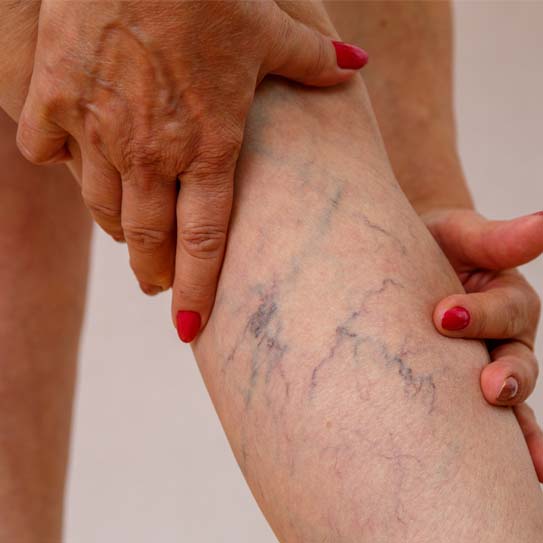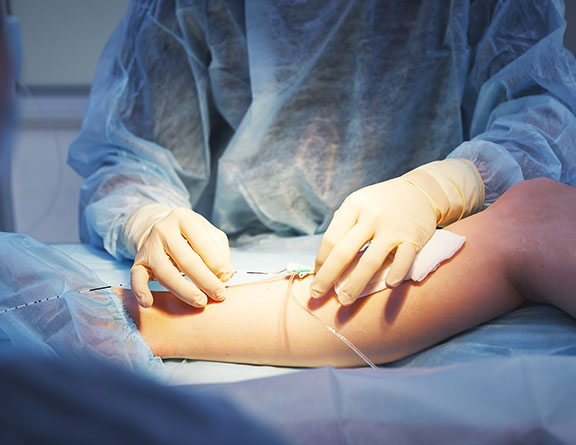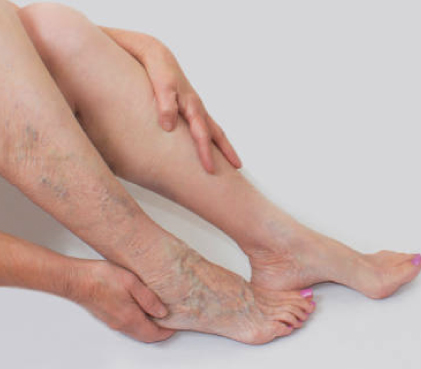
The vascular surgeons will first inquire about your symptoms, review your medical history, and perform a physical examination to look for any edoema, vein enlargement, or discolouration. In order to assess the soreness in your legs, the doctor may also touch the afflicted region. Additionally, in order to start the most effective DVT treatment, s/he could propose a few diagnostic exams. Several of the diagnostic exams include:
D-dimer blood test: Blood clots create a specific sort of protein called D-dimer. The presence of the protein fragment produced as a result of blood clot dissolution is detected using a D-dimer test. This test aids in excluding the likelihood of pulmonary embolism as a problem. Duplex ultrasound is a common imaging test that aids in the diagnosis of DVT. During the test, the doctor or technician uses sound waves to measure the blood flow and, with the use of a transducer, look for any blockages or blood clots deep inside the veins.

The only available therapy for deep vein thrombosis is surgery.
Treatment options for certain moderate instances of deep vein thrombosis include medication and dietary changes. To achieve speedier relief, it is usually preferable not to put off receiving the right therapy if deep vein thrombosis is severe.
When can I go back to work following a deep vein thrombosis procedure?
Most people can go back to work after surgery in a week, especially if they have desk jobs. However, it is usually advised to take a break for at least 10 to 14 days for greater effects and a speedier recovery.
How long does surgery for deep vein thrombosis last?
The most recent and cutting-edge deep vein thrombosis treatments might take anywhere between 25 and 45 minutes. The length of the treatment, however, will depend on a number of variables, including the technique employed, the patient's anaesthesia, the location of the deep vein thrombosis, etc.
Is surgery for deep vein thrombosis painful?
No. Modern surgical techniques for treating deep vein thrombosis are less invasive and carried out while the patient is sedated, making the procedure pleasant.

Also known as endovenous laser treatment or EVLA, this is a minimally invasive ultrasound-guided procedure that involves the use of ultrasound images and laser fiber in order to kill the delicate lining of the veins. After a few days following the procedure, the body absorbs the dead tissues, closing off the abnormal veins with minimal or no discomfort. This is one of the most commonly preferred methods as it involves far fewer complications, and the recovery time, as well as the success rate of this method, is much faster and higher than that of any surgical process.

Also known as endovenous laser treatment or EVLA, this is a minimally invasive ultrasound-guided procedure that involves the use of ultrasound images and laser fiber in order to kill the delicate lining of the veins. After a few days following the procedure, the body absorbs the dead tissues, closing off the abnormal veins with minimal or no discomfort. This is one of the most commonly preferred methods as it involves far fewer complications, and the recovery time, as well as the success rate of this method, is much faster and higher than that of any surgical process.

Also known as endovenous laser treatment or EVLA, this is a minimally invasive ultrasound-guided procedure that involves the use of ultrasound images and laser fiber in order to kill the delicate lining of the veins. After a few days following the procedure, the body absorbs the dead tissues, closing off the abnormal veins with minimal or no discomfort. This is one of the most commonly preferred methods as it involves far fewer complications, and the recovery time, as well as the success rate of this method, is much faster and higher than that of any surgical process.